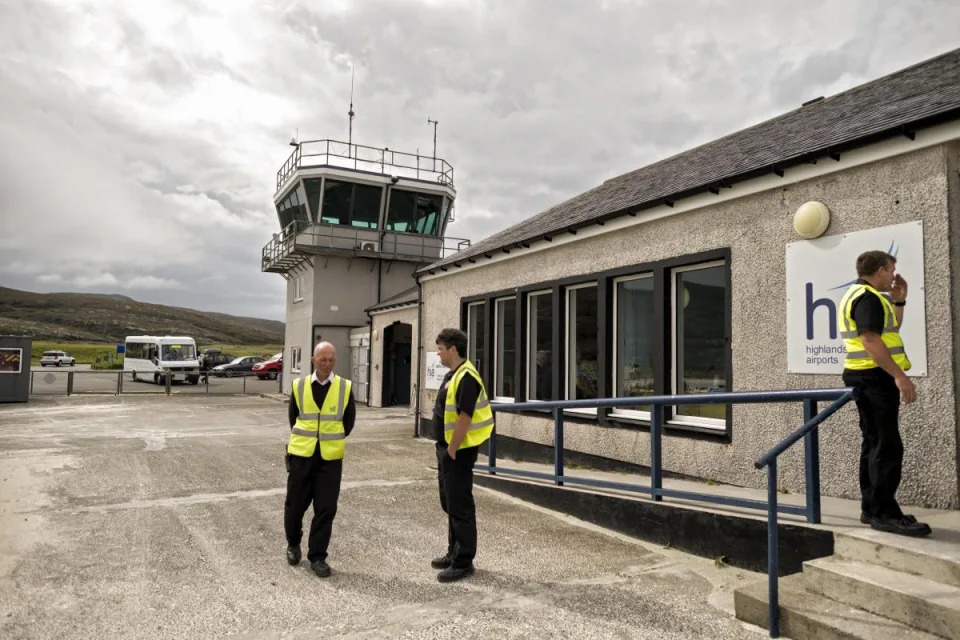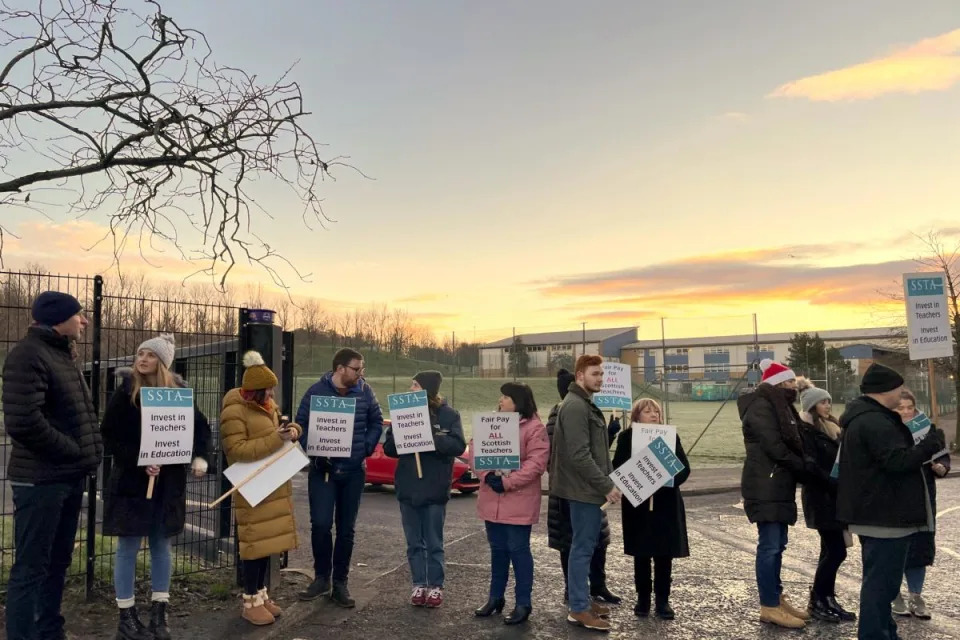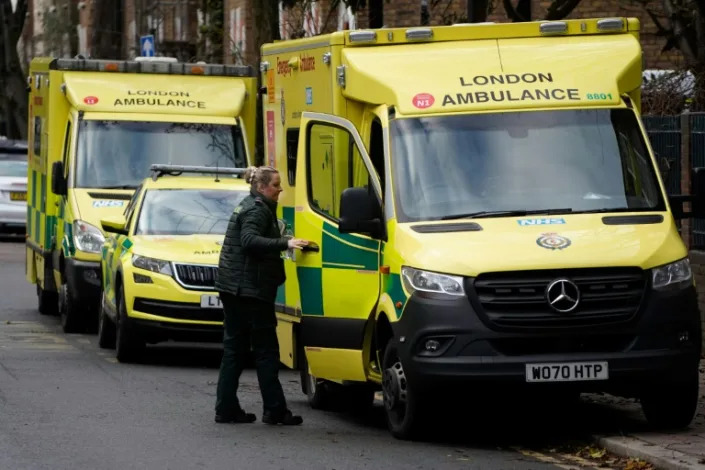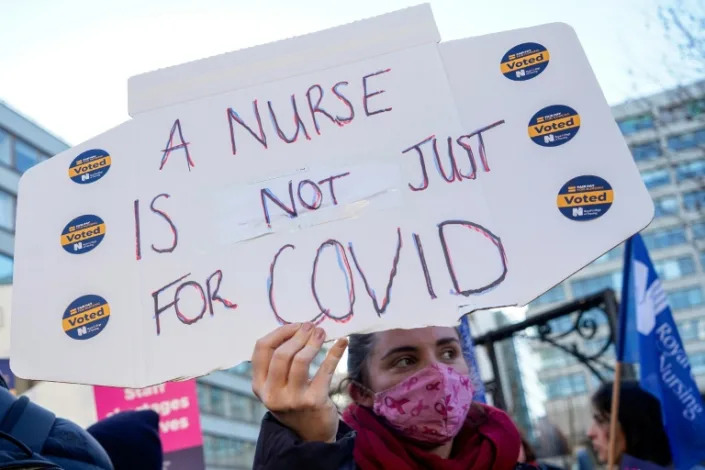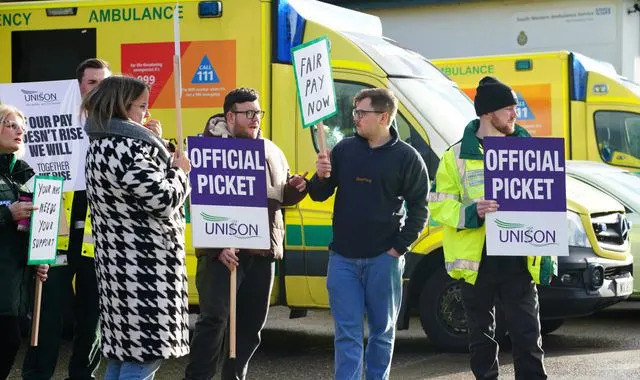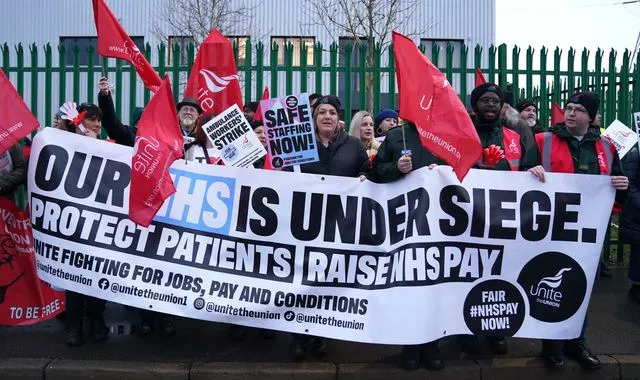Hundreds of workers leaving Tyson Foods as company closes offices: report
Ken Martin
Wed, December 21, 2022
Hundreds of employees at Tyson Foods have decided not to relocate to the company's headquarters in Arkansas next year as the company consolidates its corporate offices.
The workers are reportedly from two of its largest business units, according to the Wall Street Journal.
Tyson announced in October that it planned to close its offices in Chicago, Downers Grove, Ill., and Dakota Dunes, S.D.
Those corporate employees work in the prepared foods, beef and pork divisions. About 1,000 employees total work in those locations, the company has said.
CHICAGO FACES MORE CORPORATE DEPARTURES AS TYSON FOODS MOVES TO ARKANSAS

A sign hangs above the Tyson Foods offices in Chicago, Illinois.
Tyson set a deadline of Nov. 14 to decide if they would relocate.
About three-quarters of the 500 employees in Tyson’s South Dakota office told the company they wouldn’t make the move.
More than 90% of the employees in Tyson’s Chicago office have declined to relocate, people told the Journal.
Nationwide, the meat company has about 120,000 employees, with about 114,000 of them working in production plants.
TYSON FOODS LATEST LARGE BUSINESS TO FLEE CHICAGO, WHAT SPARKED THE EXODUS?
."I’m confident the plan we have in place ensures business continuity and positions us for long-term success," said Tyson Chief Executive Donnie King in a statement. "We knew there would be a variety of responses when we announced the consolidation of our corporate locations."
Some key managers have planned to leave instead of relocate including the leader of its beef and pork unit.

Tyson Foods Inc. signage on the floor of the New York Stock Exchange.
Tyson’s beef and pork division makes up almost half the company’s $53 billion in revenue in its 2022 fiscal year.
Shivani Kumaresan
Thu, December 22, 2022

Tyson Foods Inc (NYSE: TSN) employees from its Illinois and South Dakota business units are planning to leave the company.
The move comes as Tyson solidifies its corporate offices to northwest Arkansas in 2023, the Wall Street Journal reported.
The food processing company had said in October it plans to bring together all its corporate team members from the Chicago, Downers Grove and Dakota Dunes area corporate locations to its world headquarters in Springdale, Arkansas.
The decision, according to Tyson, is expected to boost closer collaboration, enhance team member agility, and enable faster decision-making.
So, the company asked its workers to decide if they wanted to relocate to Arkansas and gave them time until November 14.
About three-quarters of the 500 employees in the South Dakota office have seemingly decided against moving to Arkansas and are mulling leaving when the company winds up its offices in mid-2023.
Also, over 90% of workers in Chicago did not favor relocating.
The senior vice president of Tyson’s pork business, Leah Andersen, is also expected to leave.
Tyson’s beef and pork division constituted about half of its $53 billion revenue in FY2022.
“I’m confident the plan we have in place ensures business continuity and positions us for long-term success,” said CEO Donnie King.
“We knew there would be a variety of responses when we announced the consolidation of our corporate locations.”









